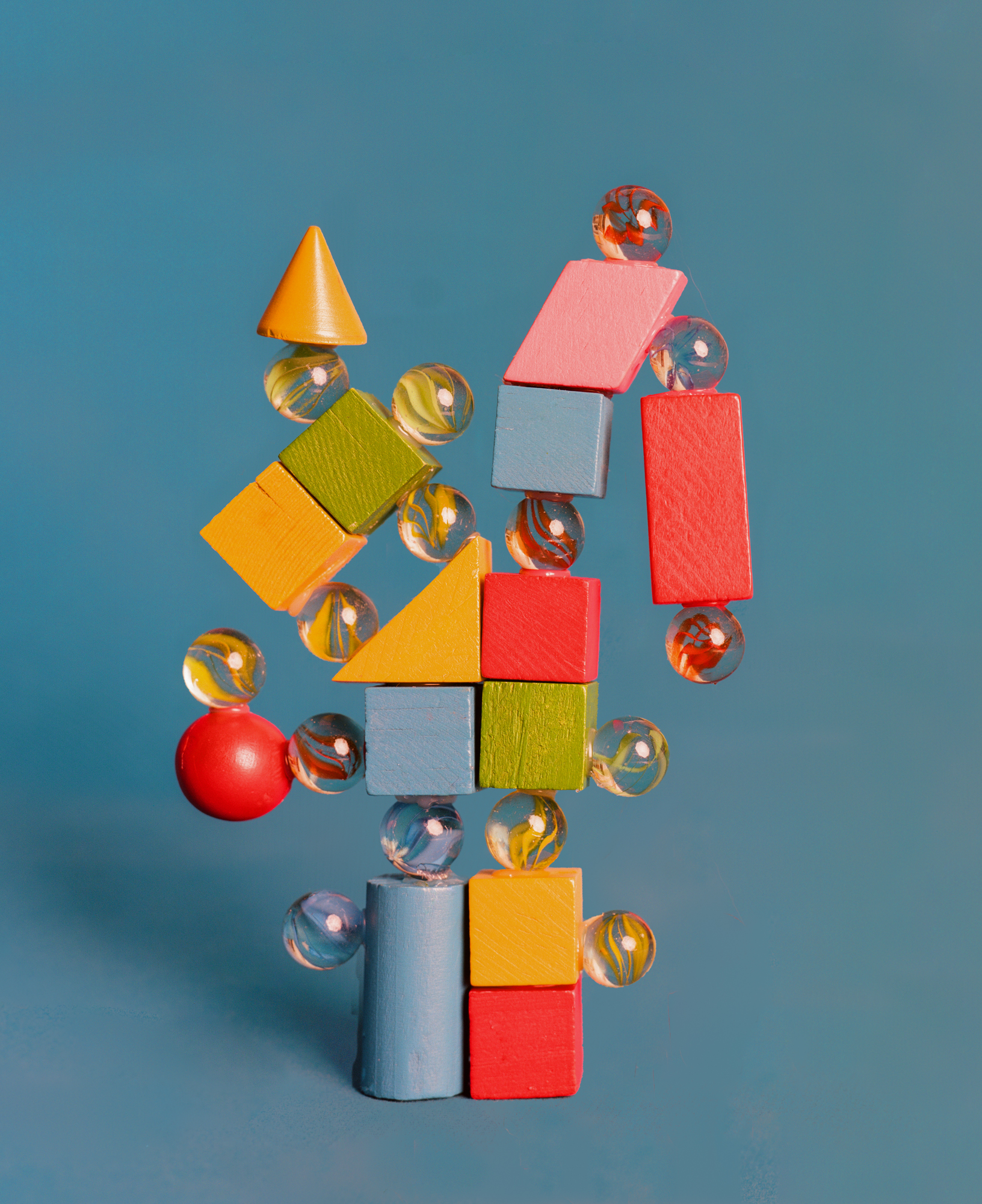Wandering Dogs 游犬
Sculpture / Photography / Installation
2020-2021















Wandering Dogs examines the fragile ecosystems at the urban fringes of Chengdu—zones known in Chinese as chengxiang jiehebu, or urban–rural junctions. Often designated by city planners as “transitional zones in need of intervention,” these areas are not clearly city nor countryside. They host hybrid rhythms of life, where formal urban systems strain to organize more informal, improvisational ones.
Among these liminal spaces, I observed the rise and erosion of two-yuan shops—small neighborhood stores selling ultra-affordable goods such as plastic toys, home repair tools, and seasonal decorations. Pressured by e-commerce, real estate inflation, and changing consumer desires, these shops operate in a kind of temporal delay: marginal, adaptable, and increasingly displaced.
The project’s title references the stray dog communities I often encountered in these areas—like the shops themselves, the dogs endure as social actors shaped by uneven development. Both form a choreography of marginal survival.
From these shops I gathered materials—craft supplies, toys, glossy objects of surplus—and assembled them into sculptural compositions through stacking, knotting, and tension. Each assemblage retains the texture of its source: bright, cheap, vulnerable, and unsteady. The resulting forms mirror their origins—fragile, temporary, and resisting coherence.
Using large-format film and flash, I photographed the sculptures to sever them from context, suspending them between consumption and memory. The flash isolates the objects as if they were archaeological finds—not documented but unearthed. In a moment of acceleration, these fragile forms propose a decelerated gaze: one that lingers on what is meant to be passed over, erased, or replaced.
《游犬》审视成都城市边缘脆弱的生态系统——这些区域在中文中被称为城乡结合部。这些地带常被城市规划者指定为"需要干预的过渡区域",既不完全是城市也不是乡村。它们承载着混合的生活节奏,正式的城市系统在此努力组织更为非正式、即兴的系统。
在这些边缘空间中,我观察到两元店的兴起与消逝——这些小型社区商店出售极为平价的商品,如塑料玩具、家居维修工具和节日装饰品。受电子商务、房地产通胀和消费者需求变化的压力,这些商店运营在一种时间延迟中:边缘化、适应性强且日益被取代。
项目标题参考了我在这些地区常见的流浪狗群体——如同这些商店一样,这些狗作为社会行动者在不均衡发展中生存。两者都形成了边缘生存的编排。
我从这些商店收集材料——手工艺用品、玩具、闪亮的剩余物品——通过堆叠、打结和张力将它们组装成雕塑构成。每个组合都保留了其来源的质感:明亮、廉价、脆弱且不稳定。由此产生的形态映射了它们的起源——易碎、暂时且抗拒连贯性。
使用大型胶片和闪光灯,我拍摄这些雕塑以将它们从背景中分离,将它们悬置于消费与记忆之间。闪光灯将这些物体孤立起来,仿佛它们是考古发现——不是被记录而是被发掘。在加速的时刻,这些脆弱的形态提出了一种减速的凝视:驻足于那些本应被忽略、抹去或替代的事物。
back 返回